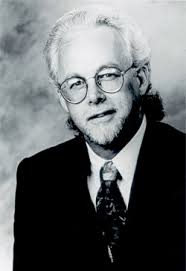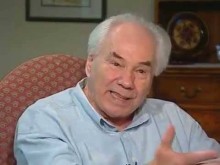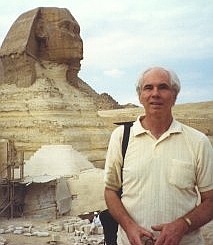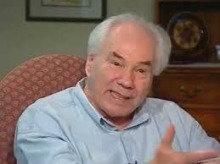 This article is the follow-up to the first part of The Culture of Addiction.
This article is the follow-up to the first part of The Culture of Addiction.
Society makes judgements about different types of psychoactive drug. As Bill White points out in his book Pathways from the Culture of Addiction to the Culture of Recovery, the social status and value attached to a particular drug by society influence several things:
- The risks associated with use of the drug
- The organisation of ‘tribes’ within the culture of addiction
- The characteristics of each tribe and the impairments that members experience from both the drug and the culture itself.
Clearly, there are likely to be differences in a variety of factors for drugs that are legal (e.g. alcohol) and those that are prohibited by law (e.g. heroin). Simply by using a prohibited drug, a person increases the risks associated with this drug, relative to what it would be if the drug could be legally obtained. Whilst society applies technology to reduce the risks of using legal substances, it often withdraws technology to increase risks from use of prohibited drugs.
‘We prohibit a ‘bad’ drug on the rationale that it is dangerous, and then construct social policies that assure high risks related to the drug’s use.’ William L White

 This is the first of two blog posts on the culture of addiction that I first uploaded to the website back in 2013. They are strongly based on the seminal writings of William (Bill) White, in particular from his stimulating book
This is the first of two blog posts on the culture of addiction that I first uploaded to the website back in 2013. They are strongly based on the seminal writings of William (Bill) White, in particular from his stimulating book  Here’s one of my favourite posts from that prolific blogger William (Bill) White, addiction recovery advocate, writer, researcher and historian. Bill’s complete writings are now being hosted on a
Here’s one of my favourite posts from that prolific blogger William (Bill) White, addiction recovery advocate, writer, researcher and historian. Bill’s complete writings are now being hosted on a  Here is a powerful
Here is a powerful  Last month, I returned from a European trip of just under eight weeks, a trip during which I visited a number of friends who work in the addiction recovery field. In a
Last month, I returned from a European trip of just under eight weeks, a trip during which I visited a number of friends who work in the addiction recovery field. In a  Slaying the Dragon: The History of Addiction Treatment and Recovery in America
Slaying the Dragon: The History of Addiction Treatment and Recovery in America Here’s an excellent
Here’s an excellent 









